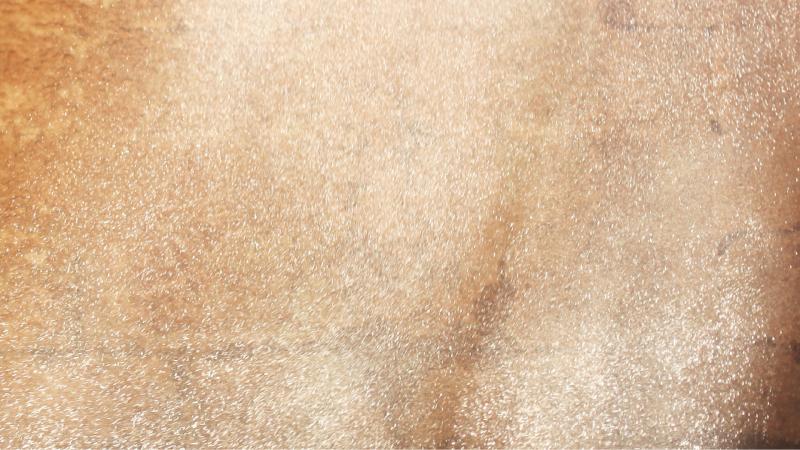
Scientists from Indian Institute of Science (IISc.), Bengaluru develop a new technique to trap micro particles using the surface features of glass which could help scientist study collective phenomenon and properties of colloidal particles.
Suspending micro particles of polystyrene and silicon dioxide has been the long-standing method to study the behaviour of colloidal particles. Trapping such particles allows scientists to probe properties like self-assembly of colloidal particles to form crystals, and many other condensed matter phenomenon. Conventional techniques employ optical holographic tweezers which use high-energy lasers to trap the particles. However, optical trapping techniques have their own drawbacks, with the main shortcoming being the throughput of such a technique. The low throughput affects studies like flocking and jamming, which requires many particles being trapped together. The technique is also limited by the laser intensity that the sample material can withstand
The scientists from IISc used triangular crest shaped structures on a glass substrate to help pin down the particles. The new method uses a combination hydrodynamic forces and adhesion to pin the particles of polystyrene to the substrate. First, the particles are added in an aqueous solution. As the density of polystyrene exceeds that of water, the particles sink to the bottom. Next, the particles are pumped through microfluidic channels carved into the glass substrate and allowed to settle, which helps the particles to stick to the substrate. However, if the particles are pumped continuously or if the particles are smaller than five micrometers in size, they don’t adhere to the substrate and instead just flow across it. The new method allows for a high throughput of pinned particles in any desired two dimensional patterns, while sacrificing the dynamic trapping pattern that is achievable using an optical trapping method.
“This method allows trapping and pinning of microspheres in any arbitrary pattern with a high degree of spatial accuracy which can be useful in studying fundamentals of various collective phenomena as well as in applications such as bead detachment assay based biosensors” claim the scientists talking about the importance of the research.
